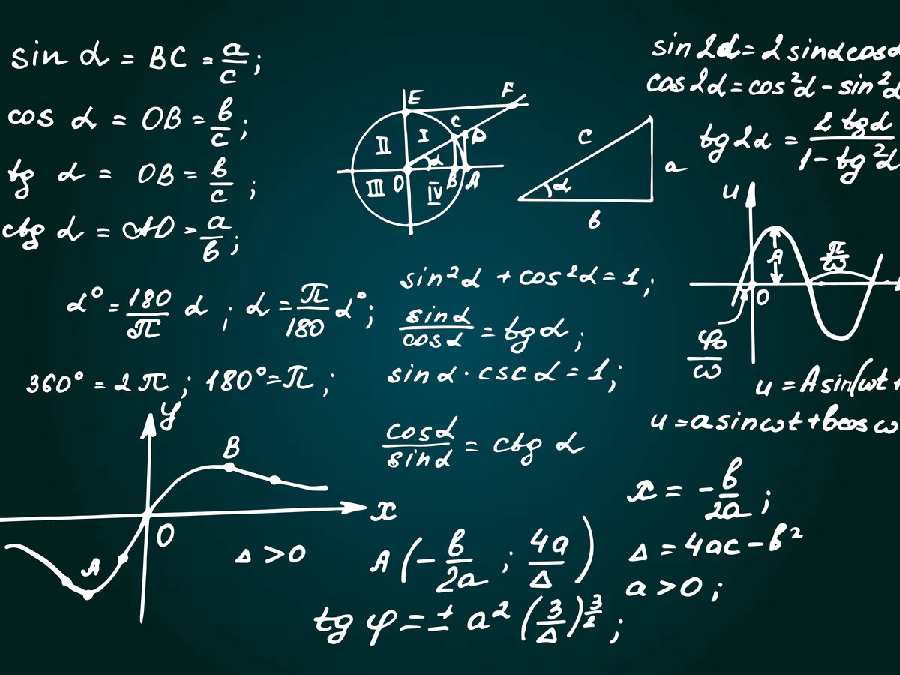Numbers are the fundamentals of Maths that play an important role in our daily lives. Everything in the world involves Mathematics and numbers. Our lives revolve around numbers and basics of Maths. We use the numbers for counting purposes such as counting the objects or person or anything that is countable.
In general, we consider that the numbers are 1,2,3,4,5,6,7,8,9,10, and so on. But there are various types of numbers that are explained in Mathematics. All the numbers have their own significance. We are going to discuss here the different classification of numbers.
General Classification of Numbers
Natural Numbers: All the positive integers or numbers that begin with 1 and goes till infinity, are natural numbers. They are 1,2,3,4,5,6,7,8,9,etc. These are also called counting numbers.
Whole numbers: When the number series starts with zero and goes till infinity, in a number line, it is said to be a series of whole numbers. Hence, all positive integers along with zero are whole numbers, such as 0,1,2,3,4,5,6,7,8,9,10,etc.
Integers: All the positive numbers, negative numbers and zero are called integers. These are not fractions and hence can be easily represented in the number line, such as -3,-2,-1,0,1,2,3.
Even Numbers: The numbers which are evenly divisible by 2, are called even numbers. Examples are 2,4,22,68,90,84,etc.
Odd numbers: The numbers which are not divisible by 2, are called odd numbers. Examples are: 3, 5, 9, 77, 35, 81, etc.
These were the basic types, which are usually taught to us in primary classes.
Real and Imaginary Numbers
Real Numbers: These numbers are the combination of all the numbers such as natural and whole numbers, rational and irrational numbers, integers. Examples are: 3, 0, -4, root 2, ½, etc.
Imaginary Numbers: The numbers that are not real are called imaginary numbers. It is equal to the root of a negative number. For example, root (-5) = i5, where i is the imaginary number.
Complex Numbers: The combination of real and imaginary numbers are called complex numbers. It is represented in the form of a+ib, where ‘a’ is the real number and ‘ib’ is the imaginary number. For example, 2+i5 is a complex number.
Numbers Based on Number of Factors
There are basically two types of numbers, based on a number of factors. They are prime numbers and composite numbers. Let us discuss them.
Prime numbers: In mathematics, if any positive integer has only two factors, which is one and the number itself, then such integers are called prime numbers. 2,3,5,7,11,13,etc., are prime numbers, such as:
Factors of 2 = 1,2
Factors of 3 = 1,3
Factors of 7 = 1,7
Composite numbers: If a number has more than two factors including itself, then such number is called composite in nature. Examples are: 24, 16, 25, 81, etc. By prime factorisation of the composite numbers, we get the factors such as:
Factors of 24 = 1, 2, 3, 4, 6, 8, 12, 24
Factors of 16 = 1,2,4,8,16
By factors, we mean that they can completely divide original numbers.
Based on the classification of numbers, discussed above, we can easily determine the kind of numbers we are dealing with while doing calculations.

